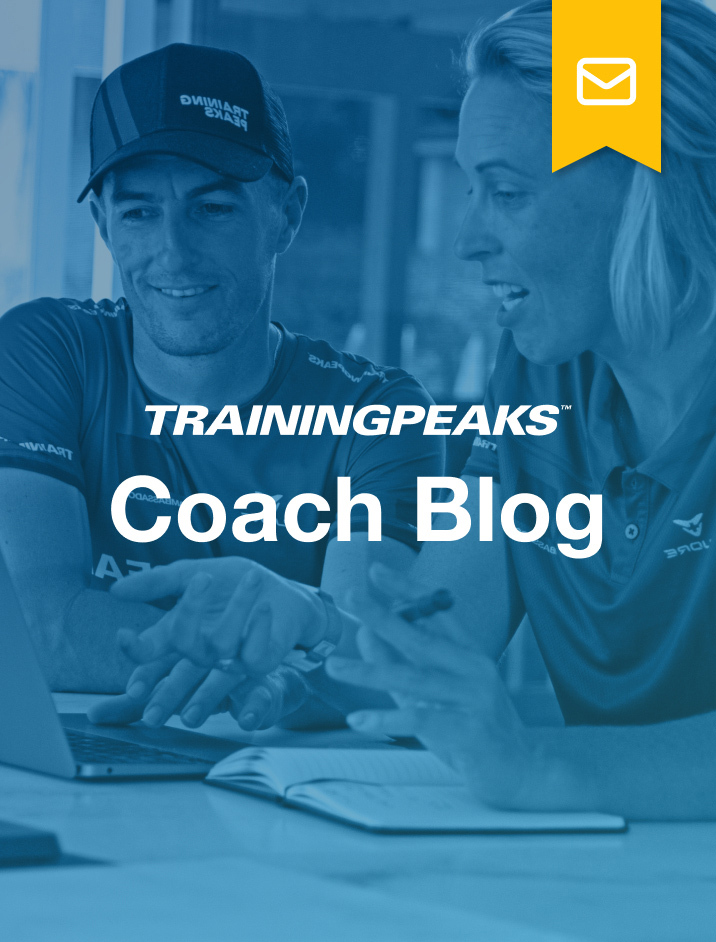Coaching is a lot more than science and numbers. While there is a definite need for a basic knowledge of the sport itself, physiological and biomechanical requirements, strategy, and rules; the difference between a good coach and a great coach lies in the application to the individual. Proficient coaches are creative, inventive, and curious.
No textbook, article, or lecture can teach the true art of coaching. It is something you learn by doing. Through trial and error, and a million different experiences, you absorb an expertise that cannot be taught in one sitting. This does not mean however, that you cannot learn how to be a good coach.
Coaching artistry is just that… an art. Some people master it naturally, while others may have to work at it. While I don’t think this article will teach you to be a great coach overnight, I hope that I can give you some ideas of areas to work on in your journey to becoming the best coach that you can be.
Lesson One: Accept that you don’t have all the answers
I have found that coaches who are not able to admit that there may be another way are less effective in the long run. While a specific method may work great for one athlete or even many athletes, it is not the best answer for everyone. If there was one way to train an athlete, there would be no need for coaches.
The beautiful artistry of coaching is that every athlete is different and there is not one answer. There is not even just one answer for each individual athlete. What worked once may not work again as circumstances change. Be willing to continue learning. Research, experiment, be creative, and admit when you just don’t know.
Lesson Two: Establish trust and communication
The coach-athlete relationship is quite special. Athletes share things with coaches that they don’t share with anyone else. In order for the relationship to work, honest communication, based on trust, is vital. Respect your athletes’ privacy and their opinions. The bottom line is that if an athlete does not feel safe, he or she will not share. Ask questions and listen to the answers. Pay attention to body language and the things they do not say. Athletes are notorious for leaving out very important details, but if you are paying attention you will find them.
Sometimes it is just a different communication style. Take time to learn how to communicate with your athletes. Do they prefer to communicate via Post-Workout Notifications, text message, email, phone, or Skype? Do they come to you readily with information or do you need to track them down for it? Do they share too much or not enough?
The way you interact with each athlete will be different and with some athletes, it may never come together. In those cases, don’t take it personally but try to learn from it. I tell my new athletes that I require a minimum of nine months to prepare for a big race, and I prefer a year. This is not because I think they need that much training (although sometimes they may); it is because I expect the first few months we will be learning how to work together and laying the foundation for the rest of our relationship. However, keep in mind that nothing is set in stone. As your relationship develops, your communication style will likely change as well. Look for and be open to changes, and maintain two-way communication with your athletes.
Lesson Three: Understand individual variances and their effect on movement and performance
Take into consideration body shape (height, weight, limb length, and proportion), gender, age, physiology, strength, and flexibility. This is getting more into the science side of coaching, however, it is important to mention because the individualization is the art. The more you learn and understand about human movement and physiology, the better equipped you will be to individualize and optimize training programs. If you do not have a background in human performance or sport science, be sure to include this on your list for continuing education.
Lesson Four: Understand individual circumstance
Every athlete you work with will come with a different life experience and working environment. Even identical twin athletes should be coached differently based on their individual interactions with the world around them. When creating and manipulating an athlete’s training plan, some things to take into account include: family situation, job, lifestyle, income, athletic experience, injury history, location, access to facilities/equipment, environmental conditions, personality, and emotional/mental processing. Keep in mind that as humans, we are greatly affected by our surroundings, and as athletes our performance and response to training can be affected by our daily lives.
Lesson Five: Educate your athletes
As coaches, our job is not only to prescribe training, but also to teach our athletes how to train. If your athletes understand the purpose of a training session and why you make the decisions that you do, they will be more effective in their training sessions and better equipped to make correct decisions when you are not around. The added bonus to educating your athletes is that it adds to your own education as well. When we are required to explain something to someone else, we gain a deeper understanding of it and often this will lead to even further discovery.
These five lessons are things that I value as elements that help create a great coach. I’m sure if you talked to other seasoned coaches, they would have their own key coaching elements. Don’t be afraid to ask advice of those with more experience and remember that the road to becoming a great coach is never-ending. The best coaches are those who continue to learn and reinvent themselves and their methods as they grow.




